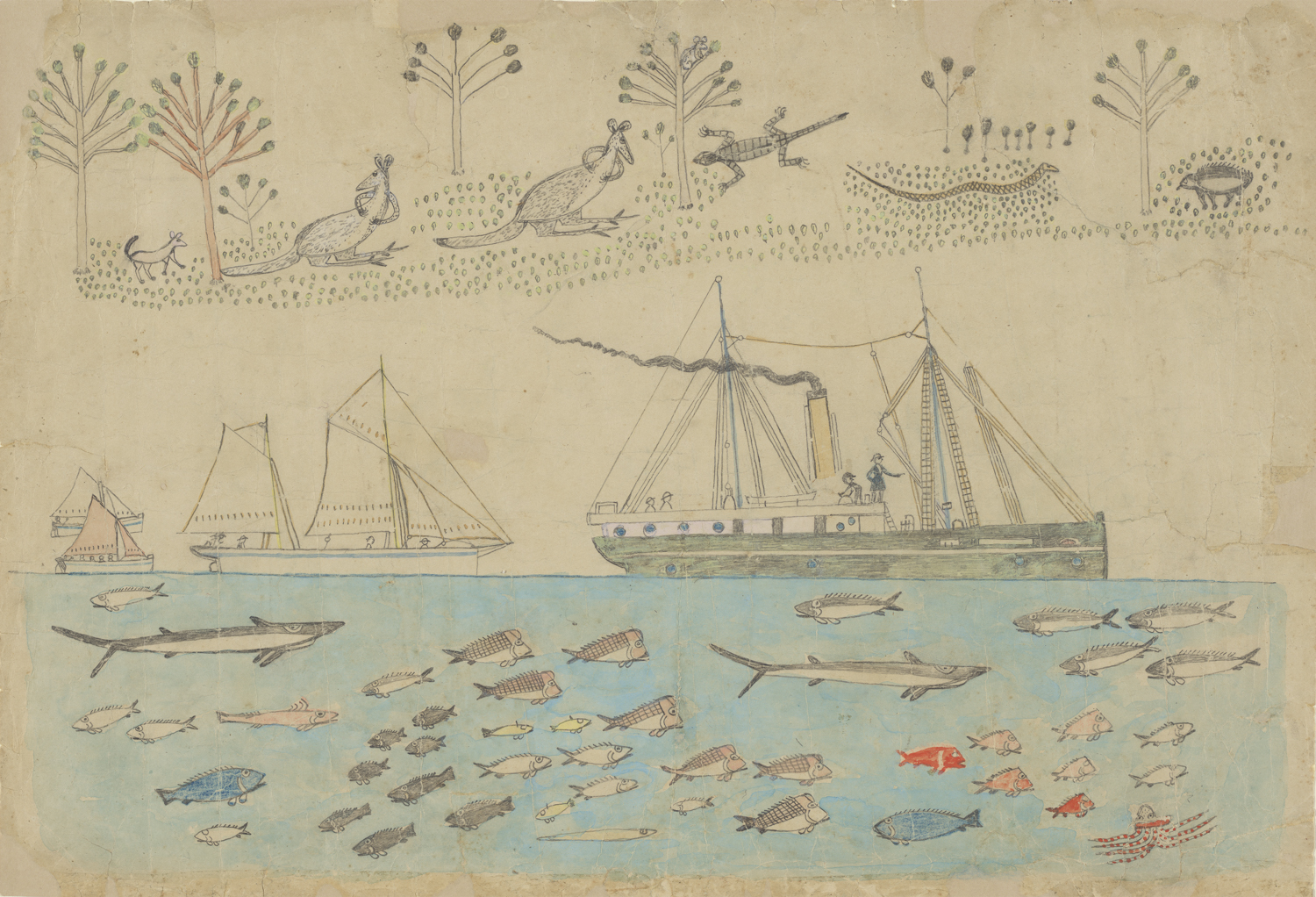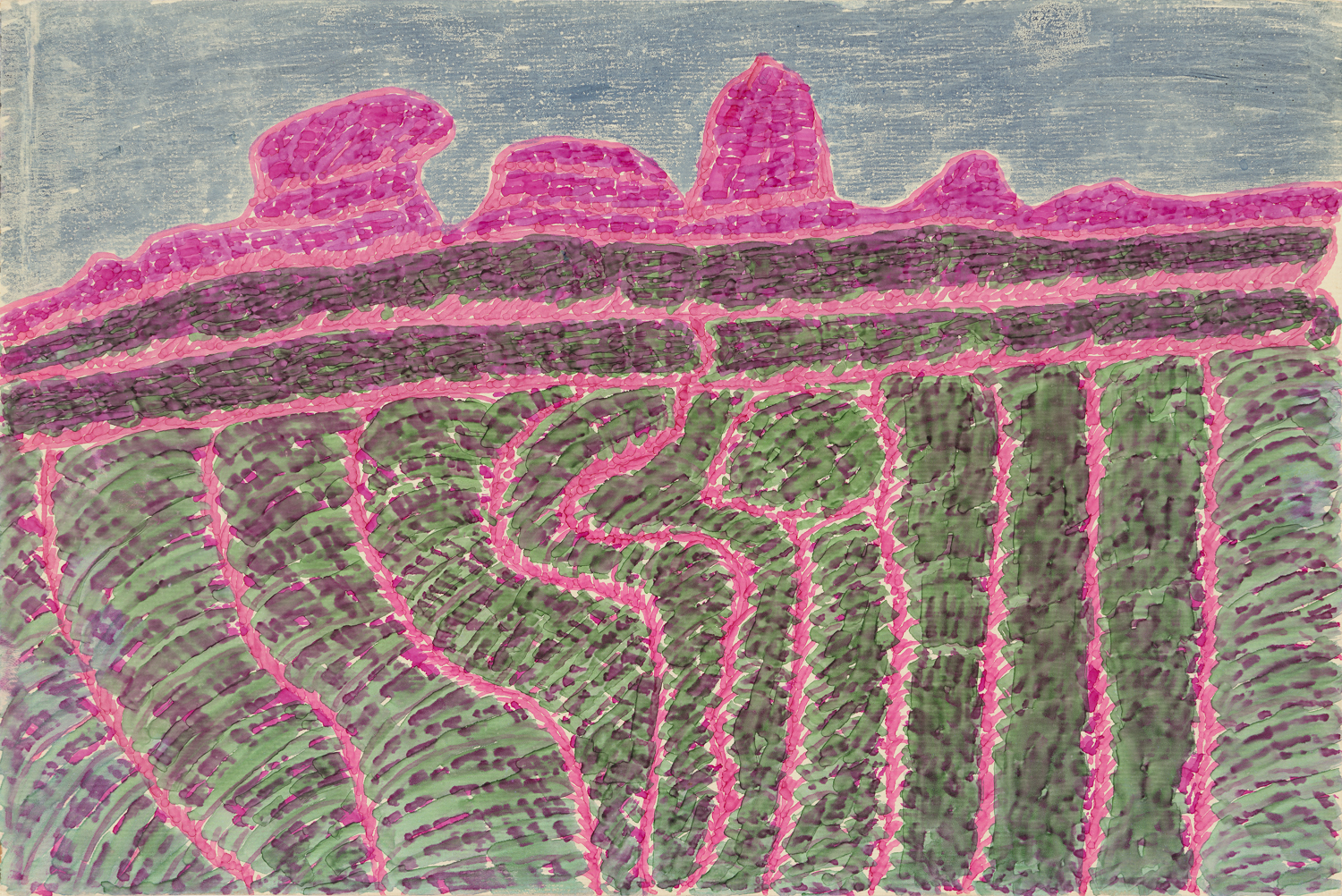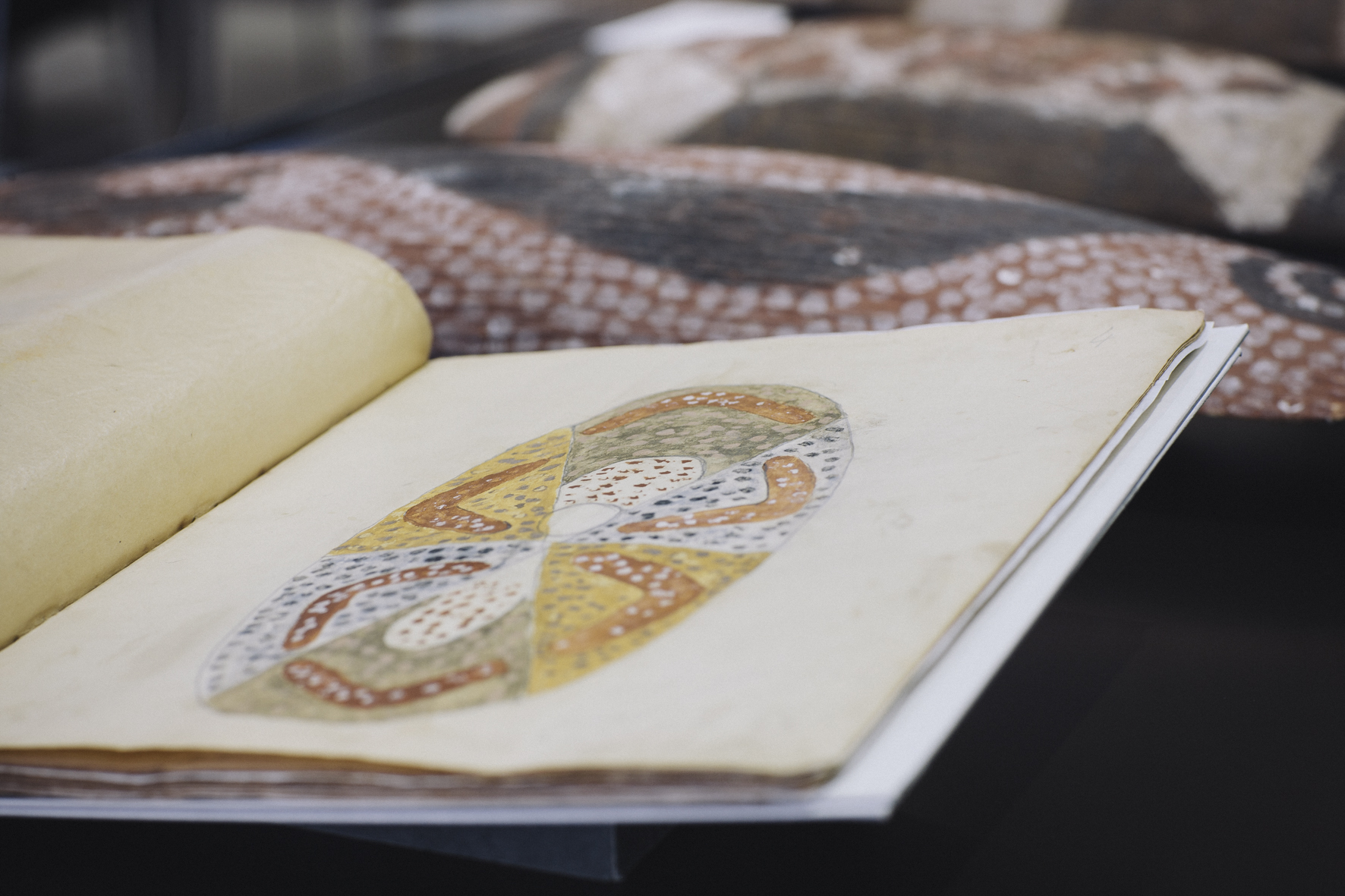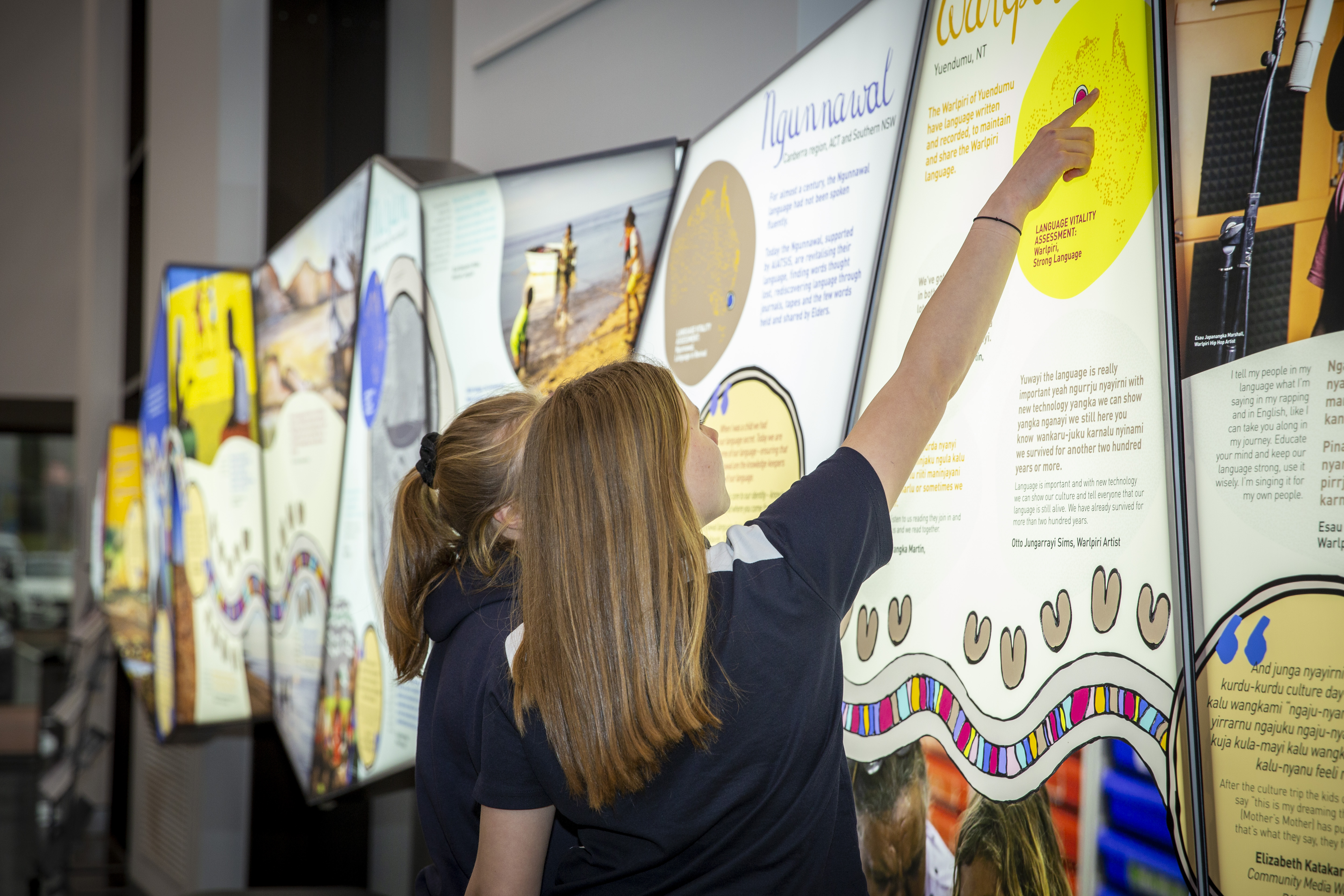Ngurra: The National Aboriginal and Torres Strait Islander Cultural Precinct
Overview
Ngurra: The National Aboriginal and Torres Strait Islander Cultural Precinct (Ngurra) will be a nationally significant precinct that will speak to the central place that Aboriginal and Torres Strait Islander people hold in Australia’s story. Ngurra is to be located on the Acton Peninsula, in the heart of the ACT, creating a central place of Aboriginal and Torres Strait Islander histories, culture and heritage.
Ngurra aims to close the widely acknowledged gap among the existing National Cultural Institutions by creating a dedicated place for Aboriginal and Torres Strait Islander storytelling. It will work to build a shared understanding of our past, present and our future, furthering the national narrative of what it means to be an Australian.
It will comprise of two key and distinct elements:
A National Indigenous Knowledge and Cultural Centre
With new and expanded facilities for AIATSIS that empower and support Aboriginal and Torres Strait Islander peoples to tell their own stories and celebrate the 65,000-year history of this nation.
A National Resting Place
To house and care for repatriated limited provenance ancestral remains and any associated cultural material on their journey back to Country.
The establishment of Ngurra will reaffirm the Government’s commitment to recognising the central place of Aboriginal and Torres Strait Islander history, culture and heritage in Australia’s national story. It will provide all Australians and visitors to Australia with opportunities to engage in transformative experiences across the living stories of First Nations peoples that is over 65,000 years old.
Ngurra – appears in many different Aboriginal languages around Australia and is a word for ‘home’, ‘camp’, ‘a place of belonging’, ‘a place of inclusion’.
Background
Aboriginal and Torres Strait Islander peoples have called for a National Resting Place (NRP) to provide a culturally appropriate and respectful facility for Ancestors of limited provenance on their journey home to Country, since the early 1970’s. These calls have been consistent, powerful and unwavering, driven by the deep cultural responsibility of Aboriginal and Torres Strait Islander communities to ensure their Ancestors are cared for with dignity.
Alongside these calls, the concept of a National Indigenous Knowledge and Cultural Centre (NIKCC) has grown as a complementary aspiration. It was formally raised at the Australia 2020 Summit in 2008, which proposed establishing a centre in Canberra to celebrate and showcase the cultural contributions of Aboriginal and Torres Strait Islander peoples and share knowledge and cultures for generations to come.
In 2022, the Australian Government announced its $316.5 million commitment to build Ngurra at the heart of the national capital, Canberra, located on a site at Commonwealth Place in the National Triangle.
Following consultation and advice from local Traditional Owners, stakeholders, and Government. The Albanese Labor Government further committed to a revamped Ngurra to be relocated to the Acton Peninsula in Canberra announced in 2024.
With a new design development now underway, the Government will undertake further consultations on a revamped Ngurra, including with local Traditional Owners on the new design process, to ensure the National Resting Place is delivered in a culturally appropriate way.
“Ngurra, encompassing the National Indigenous Knowledge and Cultural Centre will ensure that modern, fit-for-purpose and world-class facilities are developed to protect and share our collections for decades to come. This internationally revered and critically important national asset deserves world-class facilities to continue to nurture and safeguard its significance.” - Jodie Sizer, Chair of Ngurra First Nations Advisory Committee, AIATSIS

Lorrkkon ceremony is performed at Reconciliation Place to celebrate the 50th anniversary of AIATSIS in 2014.
Lorrkkon ceremony is performed at Reconciliation Place to celebrate the 50th anniversary of AIATSIS in 2014.
The AIATSIS Collection
For more than 50 years, we have developed and been the custodian of a unique collection that has contributed to building understanding and appreciation of Aboriginal and Torres Strait Islander peoples’ culture and heritage.
We care for a dynamic, living collection of more than 1 million items related to Australian Aboriginal and Torres Strait Islander cultures and histories. The AIATSIS Collection supports cultural transmission, and helps build understanding and appreciation of the continuing and diverse cultures and heritage of Australia’s First Peoples.

Boats, Fish, Native Flora and Fauna, 1891, Mickey of Ulladulla, Dhurga people. AIATSIS ATS400F
Boats, Fish, Native Flora and Fauna, 1891, Mickey of Ulladulla, Dhurga people. AIATSIS ATS400F

Ocean Guardian, 2017, Brian Robinson, Kala Lagaw Ya/Maluyligal/Wuthathi/Dayak people. AIATSIS, AIAS585.210619_001
Ocean Guardian, 2017, Brian Robinson, Kala Lagaw Ya/Maluyligal/Wuthathi/Dayak people. AIATSIS, AIAS585.210619_001

Jilji, Jimmy Pike, Walmajarri people. AIATSIS ATS1036_095
Jilji, Jimmy Pike, Walmajarri people. AIATSIS ATS1036_095
Announcements
- Ngurra National Aboriginal and Torres Strait Islander Cultural Precinct will close gap in heart of national cultural institutions - AIATSIS
- The Advisory Committee for Indigenous Repatriation has welcomed the announcement to establish Ngurra: The National Aboriginal and Torres Strait Islander Cultural Precinct

